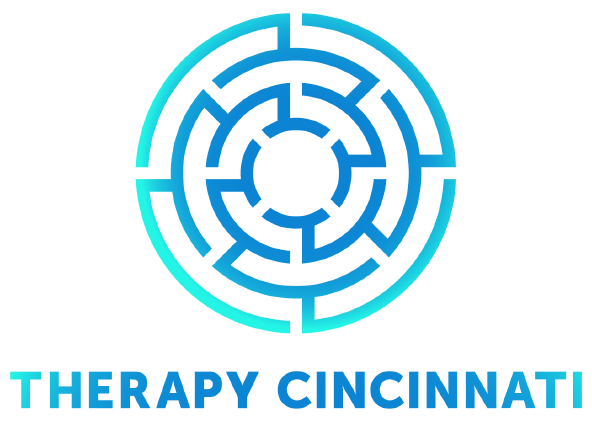Sexual violence, which affects one in three women worldwide, can result in people feeling overwhelmed and struggling with things like sleep disturbances, flashbacks, emotional detachment, depression, and anxiety. Although more than 500 brands of psychotherapy exist, many of these practices require months to years for full healing to occur, and many women do not achieve full recovery due to high drop-out rates and high costs of healthcare. Eye Movement Desensitization and Reprocessing (EMDR) is a therapeutic alternative targeted at patients who develop symptoms from traumatic events. Since its development in the 1980s by Francine Shapiro, EMDR has helped people alleviate distressful and painful memories. The therapy has been used by clinicians for decades, but has become an increasingly popular and sought-after treatment to deal with traumatic or adverse life experiences.
What makes EDMR different from traditional therapeutic methods? EMDR therapy does not require talking in detail about the distressing issue or completing homework between sessions like other exposure-based therapies. By accessing and processing these traumatic memories, patients are able to feel better much more quickly. Rather than focusing on changing emotions, thoughts, or behaviors resulting from the painful memory, EMDR helps the brain resume its natural healing process in fewer sessions than other psychotherapies. Therapists can utilize EMDR to facilitate rapid recovery in as little as three to four 90-minute sessions.
Stress responses are part of our natural fight or flight instincts. When a woman experiences a sexual trauma, memories of the experience can become locked in her neural memory network. When distress from a disturbing event remains, the upsetting images, thoughts, and emotions may create an overwhelming feeling of being “frozen in time”. Our brains have a natural way to recover from traumatic memories and events, though. EMDR therapy helps stimulate this healing process by connecting traumatic memories with new information and blending distressing emotions with positive ones. After successful treatment with EMDR, distress is relieved, negative feelings are reshaped, emotional symptoms are reduced, and a peaceful resolution is achieved.
So, how does EMDR work exactly? During EMDR sessions, patients relive triggering experiences in brief doses while their eye movements are directed by their therapist. The therapist moves their fingers back and forth in front of the patient’s face and asks them to follow their hand motions with their eyes. At the same time, the therapist leads the patient through the recall of the traumatic event(s) they experienced. The patient focuses on a troubling memory and identifies the belief he or she has about himself connected to this negative memory. The individual then formulates a positive belief he would like to have about himself to replace their negative belief with.
EMDR is thought to be effective because recalling distressing events is often less emotionally upsetting when the patient’s attention is diverted. The method of bilaterally stimulating both sides of the brain, which mimics our natural REM sleep cycle, causes activation of an adaptive information processing (AIP) system. This stimulation bypasses the area of the brain that has become stuck, preventing the left side of the brain from self-soothing the right side. In turn, patients are able to learn how to be exposed to their unpleasant thoughts and memories without having a strong negative response.
Ultimately, EMDR therapy results in increased insight regarding both previously disturbing and long-held negative thoughts about the self that have grown out of the original traumatic event. For example, it can help an assault victim come to realize that they were not to blame for what happened. They can finally achieve relief from understanding that the event is truly over and that they can feel a sense of safety again. EMDR therapy has been proven to be effective in treating trauma and PTSD, especially for victims of sexual violence. A 2012 study of 22 people found that EMDR therapy helped 77% of individuals with psychological disorders and PTSD. It found that their hallucinations, delusions, anxiety, and depression symptoms were significantly improved after treatment. An older study from 2002, which compared EMDR therapy to typical prolonged exposure therapy, found that EMDR therapy was more effective in treating symptoms and had a lower drop-out rate from participants. Although there is still much to learn, EMDR is an effective therapy which can promote psychological healing for sexual violence victims.
If you’ve been struggling with the aftereffects of trauma, it’s important to know there is professional expert help available. Please reach out to me if you think EMDR therapy may be right for you. It’s time to let go of your fears that are rooted in the past and move forward towards a happier, calmer life.

